Home / Albums / Natural History / Worms 11

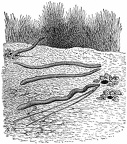 Common Earth-worms
Common Earth-worms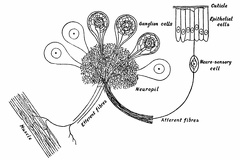 A Ganglion of a Leech
A Ganglion of a Leech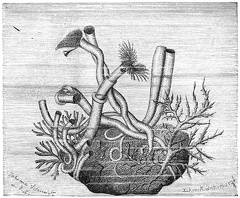 Twisted Lime worm ( Serpula contortuplicata )
Twisted Lime worm ( Serpula contortuplicata )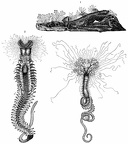 1, 2) Sand worms ( Hermella ): 1) Tubes of Hermella alveolata with its inhabitants (2). 3) Shell tube worm ( Terebella emmalina )
1, 2) Sand worms ( Hermella ): 1) Tubes of Hermella alveolata with its inhabitants (2). 3) Shell tube worm ( Terebella emmalina ) 1) Sea-pier ( Arenicola piscatorum ) .— 2) Parchmental Bristleworm ( Chaetopterus pergamentaceus ).
1) Sea-pier ( Arenicola piscatorum ) .— 2) Parchmental Bristleworm ( Chaetopterus pergamentaceus ). Spiny Hermione ( Hermione hystrix )
Spiny Hermione ( Hermione hystrix )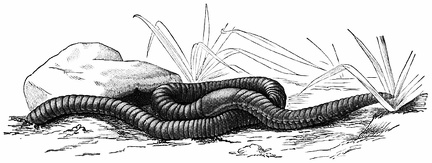 Common Earthworm
Common Earthworm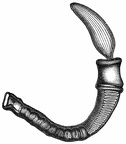 Balanoglossus clavigerus . (Young specimen, greatly enlarged)
Balanoglossus clavigerus . (Young specimen, greatly enlarged)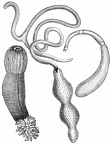 Bridgeworms - a) Bonellia viridis. B) Phascolosoma vulgare. C) Priapulus caudatus
Bridgeworms - a) Bonellia viridis. B) Phascolosoma vulgare. C) Priapulus caudatus Elegant Flower Polyp ( Floscularia ornata ), at 200-fold enlargement.
Elegant Flower Polyp ( Floscularia ornata ), at 200-fold enlargement. Four-horned turtle bearer
Four-horned turtle bearer



